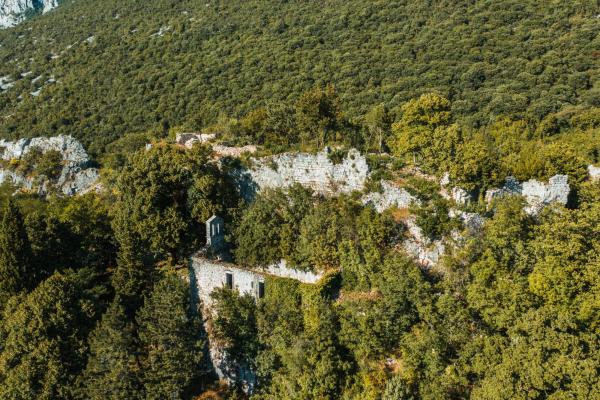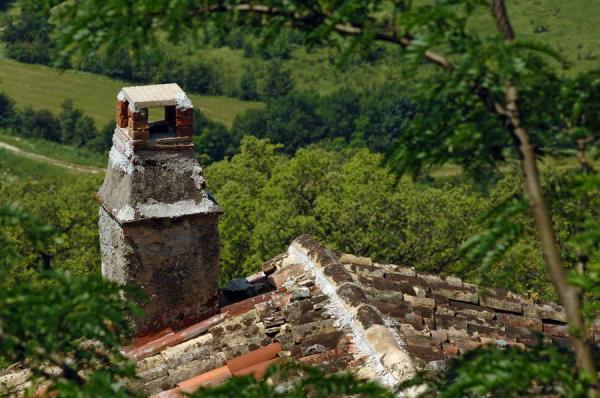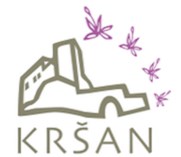KOŽLJAK
KOŽLJAK


Like this article?
Recommend it to your friends through these services..
On the western slopes of Učka, next to Čepić field, is the village of Kožljak. Agriculture and animal husbandry are important branches of the economy, and the settlement consists of a medieval castle and a new part built nearby. The abandoned castle, which is currently being renovated, was built on the site of an Illyrian fortress, and was first mentioned in 1102. It is located on a steep cliff, probably for the purpose of monitoring the road that has led from central Istria to Kvarner since prehistoric times, then during the Roman era and the Middle Ages. The castle consisted of residential and commercial buildings, and was surrounded by walls and a tower. It lost its significance at the end of the 17th century. Inside the walls are the remains of the Romanesque parish church of St. Hadrian, which was expanded in 1834, offering a breath-taking view over the nearby Čepić field. There is also a plaque with a Glagolitic inscription from 1590 in the church, and two more chapels can also be found outside it.
The castle once belonged to the Austrian part of Istria, right on the border with the Venetian part. Like Kršan castle, Kožljak also had unusual rulers. The most famous were the arrogant and cruel count Nikolić, who was killed by rebellious subjects in the 16th century, and the Uskoks Mojsijević family, during whose rule Kožljak was most developed.
Kožljak castle and the Barbo family, members of the old Venetian patrician family and one of the owners from the end of the 16th and the beginning of the 17th century, left a significant mark due to one undeniable historical fact. Namely, in the age of Protestantism, it became a bulwark of the Reformation in Istria. Franjo Barbo made Kožljak the centre of Protestantism, but also of the Glagolitic cultural tradition. He owned the largest library of Protestant books that were distributed all over Istria, as was once recorded by the Inquisition. Inside the castle is a small church dedicated to Saint Hadrian that was originally a small Romanesque chapel, and later a parish church, which was significantly extended in 1834.
